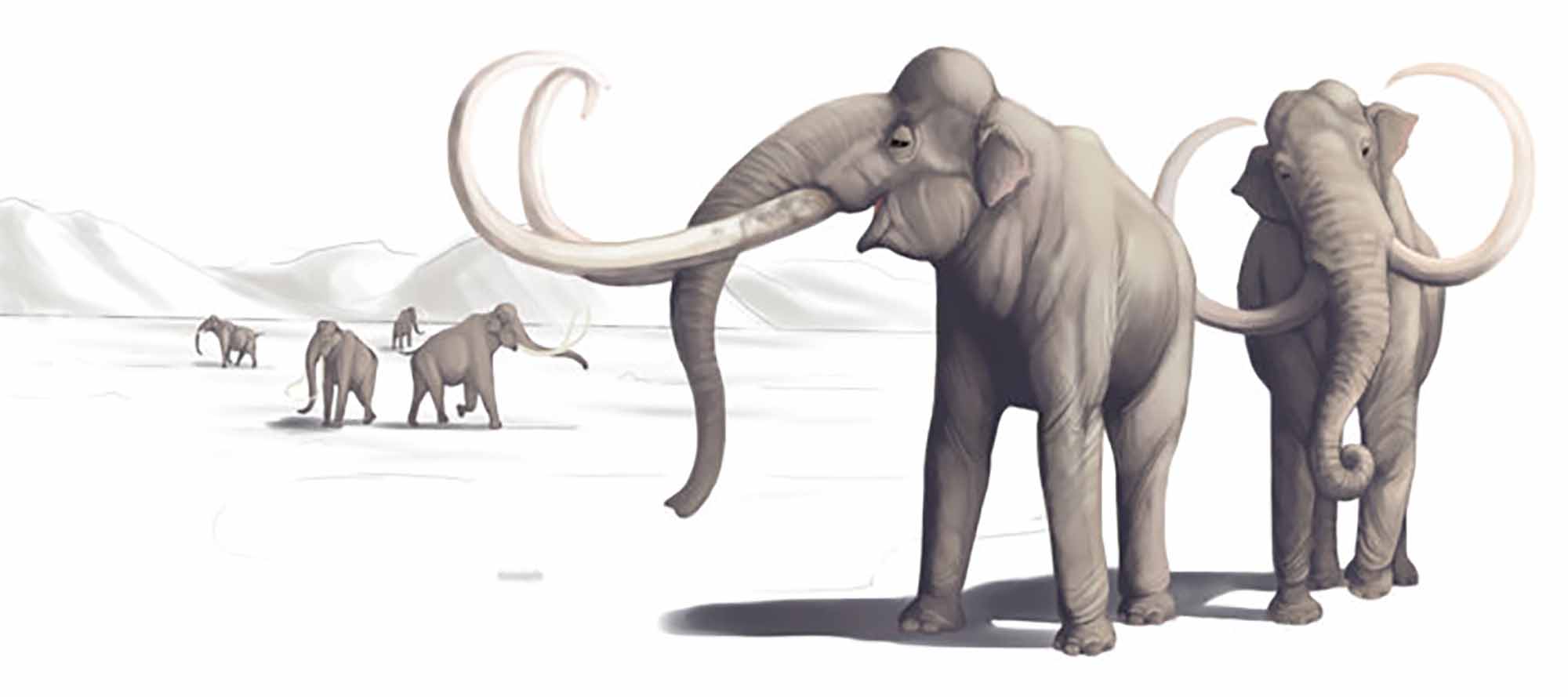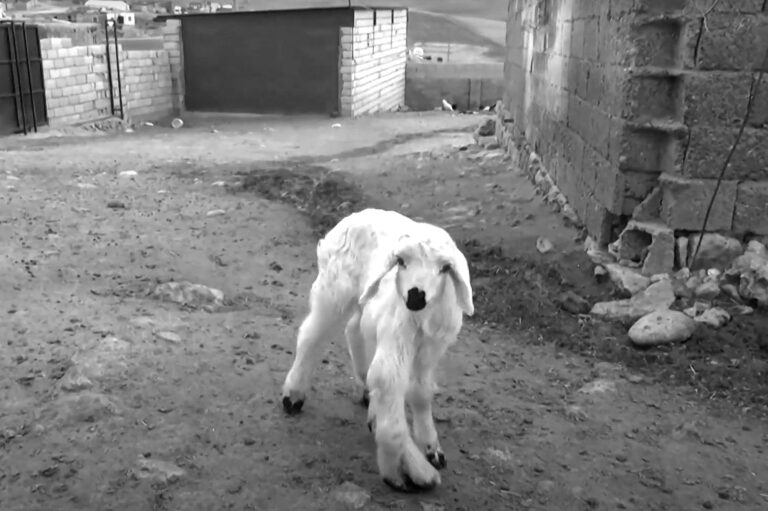A newly discovered mammoth butchering site proves that humans were in north America nearly 15,000 years earlier than thought, scientists have revealed.
The site from 37,000 years ago discovered bones that had been carved as well as evidence the beasts’ fat was rendered over fires.
By chance the the fossils were found on the property of a palaeontologist who explored further and made the discovery.
The dig in New Mexico revealed fossils with blunt force fractures, bone flake knives with worn edges, and signs of a controlled fire that did not come from wildfire or lightning.
Bones of the mother and calf mammoth show humans killed the beasts, shaped their long bones into disposable blades to break down their carcasses, and rendered their fat over a domestic fire.
Last year 23,000-year-old footprints, also unearthed in New Mexico, surprised archaeologists who until then believed humans first lived in North America 16,000 years ago.

Collagen extracted from the mammoth bones places this site 36,250 and 38,900 years ago.
CT scans taken by University of Texas showed someone had worked the bones into tools and punctured the mammoth’s body to drain grease from the ribs and bones.
Lead author of the study published in the journal Frontiers in Ecology and Evolution, palaeontologist and professor at UT Jackson School of Geosciences Timothy Rowe, said: “There really are only a couple of efficient ways to skin a cat, so to speak.
“The butchering patterns are quite characteristic.
“What we’ve got is amazing, it’s not a charismatic site with a beautiful skeleton laid out on its side. It’s all busted up. But that’s what the story is.”
Prof Rowe does not usually research mammoths or humans, but in 2013 a neighbour spotted a tusk in a hillslope on Prof Rowe’s New Mexico property and the palaeontologist got involved.
He went to investigate the neighbour’s report and discovered a smashed-in mammoth skull with other bones that looked deliberately broken, on what looked like a butchering site.
However archaeological communities are rife with debate about whether damage like this is caused by human hands or nature, and what that tells us about when humans first arrived in North America.
The Clovis culture dates back to 16,000 years ago and left behind complex stone-wrought tools, which the mammoth site does not have.
Retired Texas State University Professor Mike Collins, who did not work on this paper but oversaw research at Gault, a well-known archaeological site near Austin with many Clovis and pre-Clovis artefacts, said once these tools disappear the evidence gets much more subjective.
But even without instrument tools the evidence for human practices at this site is strong.

As well as the CT scans, chemical analysis of the mammoth-site’s surrounding sediment showed pulverised fish bones and their burned remains, even though the site is 200 feet above the nearest river.
Remains of birds, rodents and lizards meeting the same fate were found too.
Genetic evidence taken from Indigenous populations in South and Central America, and artefacts from other sites, has led some scientists to believe there were at least two founding populations in North America: Clovis and pre-Clovis, with different genetic lineages.
University of Texas researchers suggested the new site supports this theory, due to its age and the use of bone tools rather than elaborate stone instruments.
Prof Collins said the study builds on a growing body of evidence for pre-Clovis societies in North America, and may provide a toolkit aiding others in their search for evidence that may have been overlooked until now.
He said: “Tim has done excellent and thorough work that represents frontier research, it’s forging a path that others can learn from and follow.”
Story By: Simona Kitanovska, Sub-Editor: Martin M Barillas, Agency: Zenger News
The Ananova page is created by and dedicated to professional, independent freelance journalists. It is a place for us to showcase our work. When our news is sold to our media partners, we will include the link here.




